China’s financing and investment spread across 61 BRI countries in 2023 (up...
2024-02-27 31 英文报告下载
Housing remains absolutely central to the Chinese economy, especially so as the economy has transitioned from investment-led growth towards consumption-driven growth. The concern we have is that property in China has looked like a bubble for a long time. Among our concerns, mortgage rates are triple rental yields, 73% of new homes are second or third properties and the increase in credit in China has been the fourth-biggest of any country over a 10-year period, with all other such episodes tending to be followed by a crash. If the virus-related ban on viewings causes a working capital problem and emergency presales, then property prices could start to decline. We have for a long time believed that a collapse in property prices would bring an NPL crisis in its wake (around half of collateral is real estate related) and as well a sharp decline in growth (with property being half of household wealth) and government income (with real estate being around a quarter of tax revenues). We would note that the property developers need to pay back $270bn worth of debt over the next two years, some of which is denominated in foreign currency. In the event of a cash crunch, there could be fire sales of property in order to meet these financing needs, and this dynamic could be the catalyst for the credit bubble apparent in the data to see a disorderly outcome.
The US economy has shown itself to be something of an island in difficult global circumstances. Through the trade war, the US economy continued to deliver relatively steady growth averaging around 2%, even as growth rates in many of its trading partners in both EM and DM slowed sharply. In part that reflects the relatively closed nature of the US economy, where goods and services exports are worth only around 12% of GDP, as well as the proactive policy stance of both monetary and fiscal policymakers. However, under a risk scenario, we would note the following challenges: there are some signs of weakening leading indicators, though lagging indicators remain strong (explaining the current strength in US macro surprises); corporate confidence is clearly fragile, and seems likely to decline further; further dollar strength would not only weigh on GDP growth at the margins, but in particular weighs on US EPS growth, given that 45% of sales come from overseas. Taking each point in turn: Some softening in lead indicators Last week saw US composite PMI new orders decline to the lowest level since the series began in 2009, a level consistent with zero GDP growth. Weakness in job openings on the JOLTS data points to a 2ppt decline in employment growth, which would be consistent with -0.6% YoY employment growth. We highlighted earlier that other lead indicators are painting a significantly different picture.

标签: 英文报告下载
相关文章
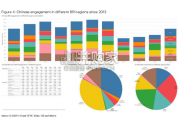
China’s financing and investment spread across 61 BRI countries in 2023 (up...
2024-02-27 31 英文报告下载
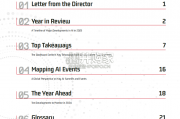
Though the risk of AI leading to catastrophe or human extinction had...
2024-02-26 52 英文报告下载
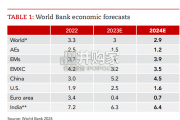
Focusing on the prospects for 2024, global growth is likely to come i...
2024-02-21 96 英文报告下载
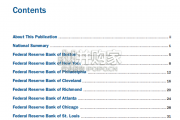
Economic activity declined slightly on average, employment was roughly flat...
2024-02-07 67 英文报告下载
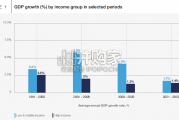
Economic growth can be defned as an increase in the quantity or quali...
2024-02-06 82 英文报告下载
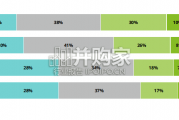
In this initial quarterly survey, 41% of leaders reported their organizatio...
2024-02-05 66 英文报告下载
最新留言